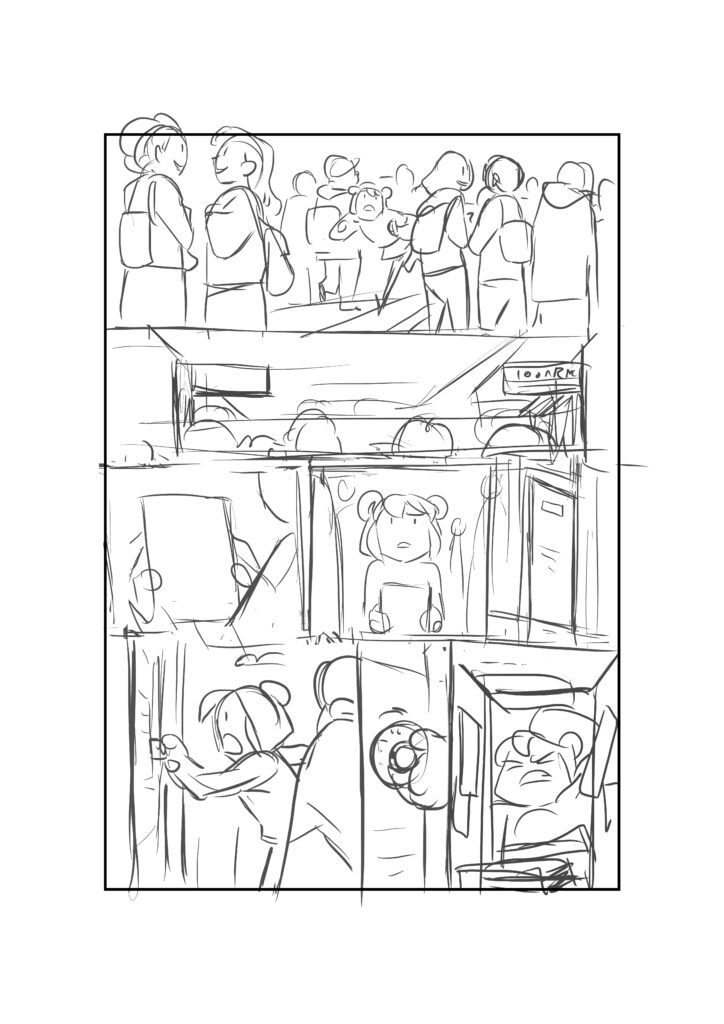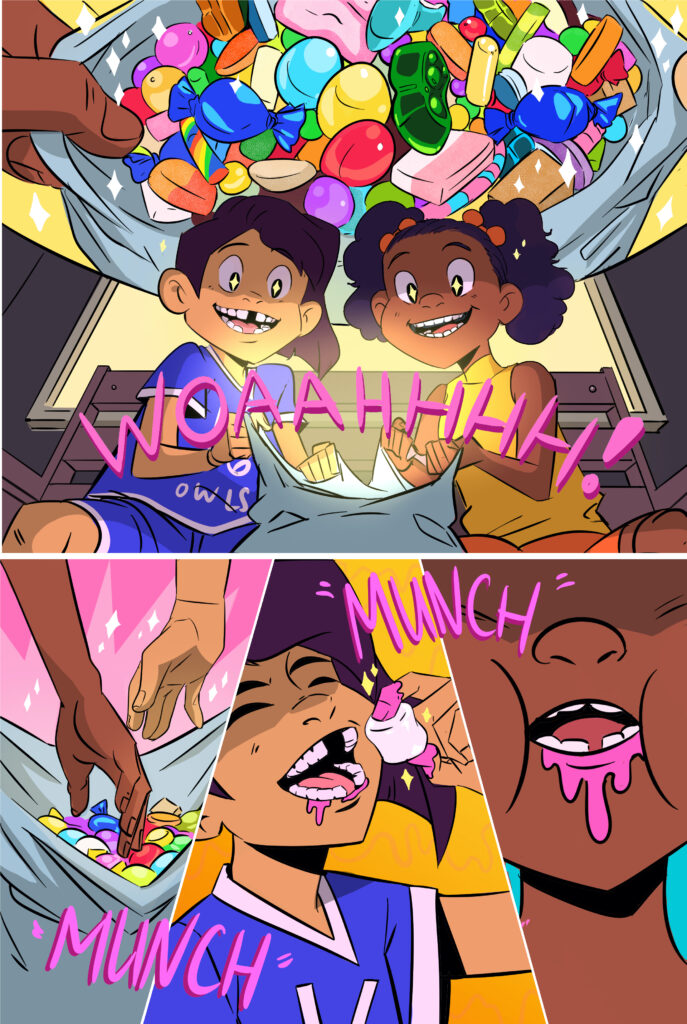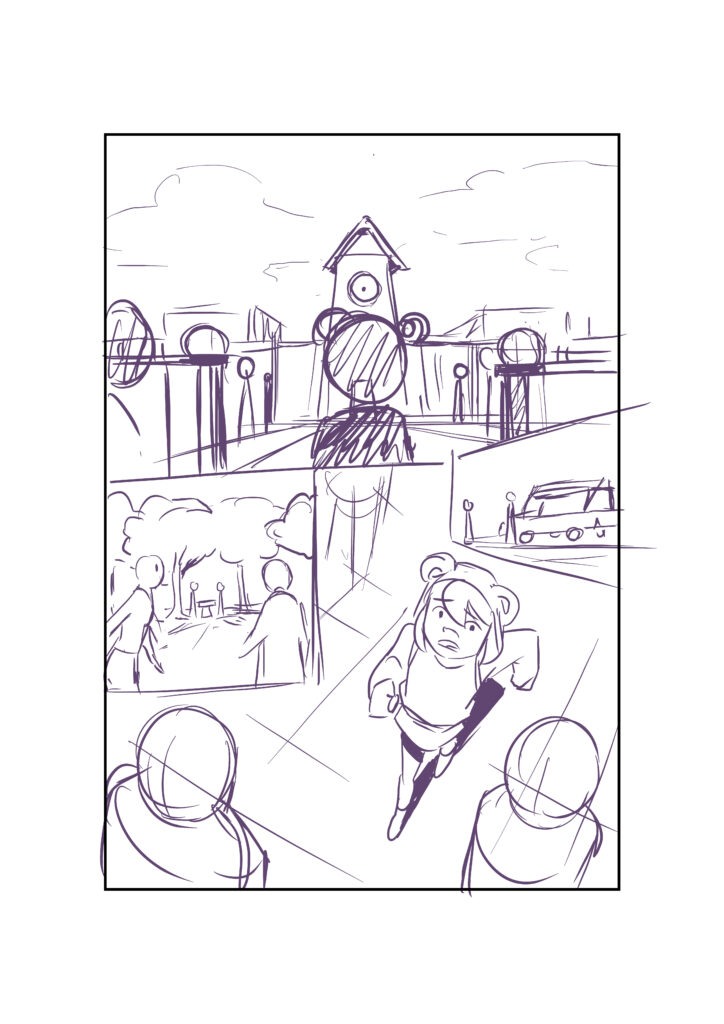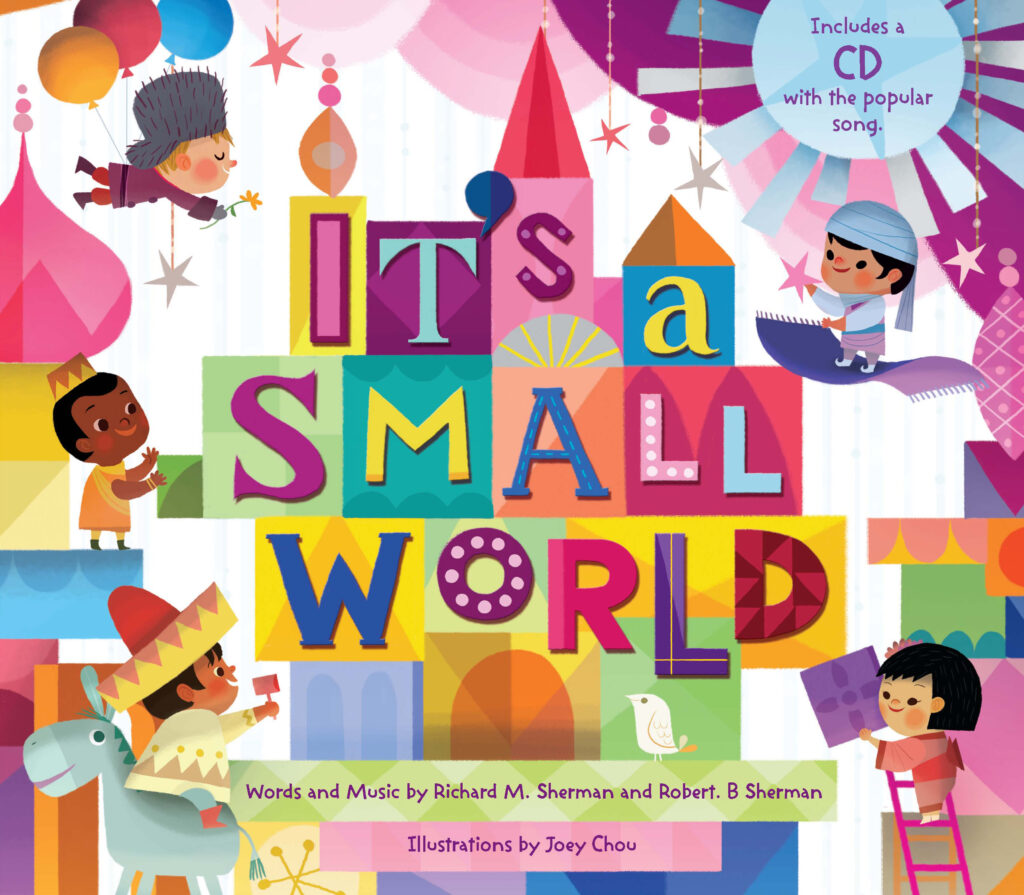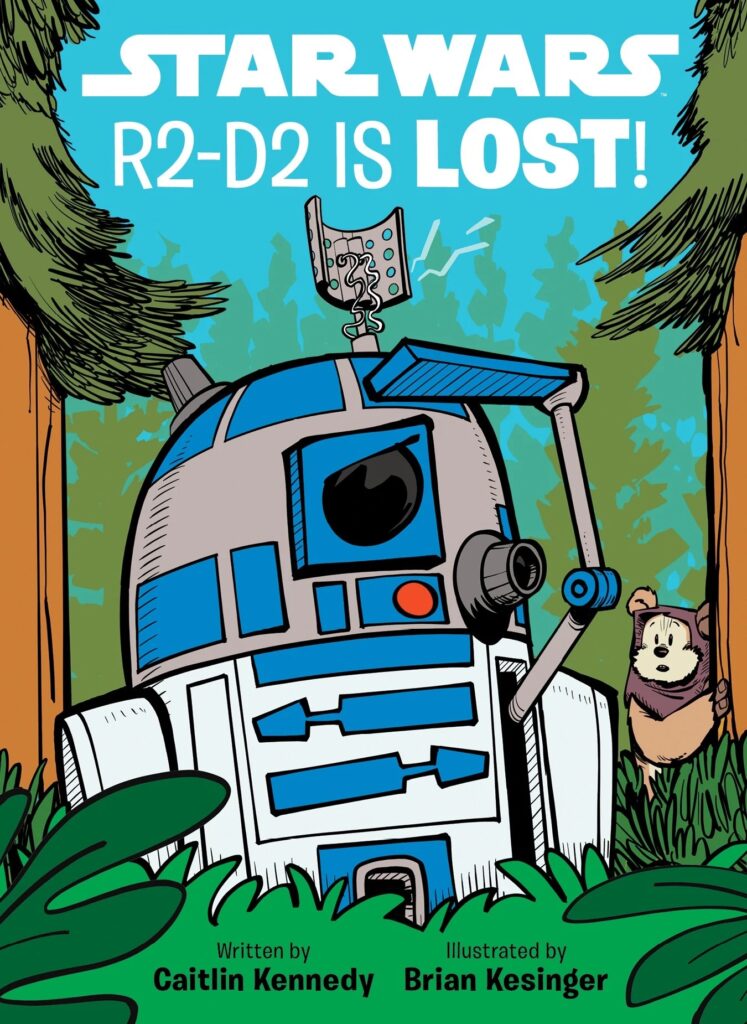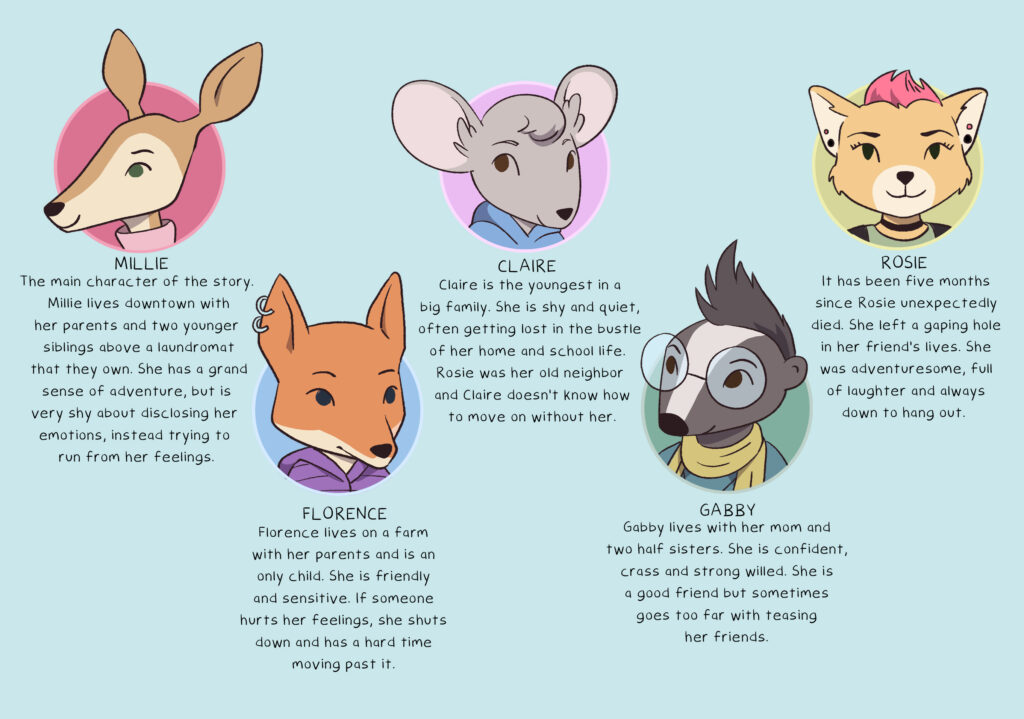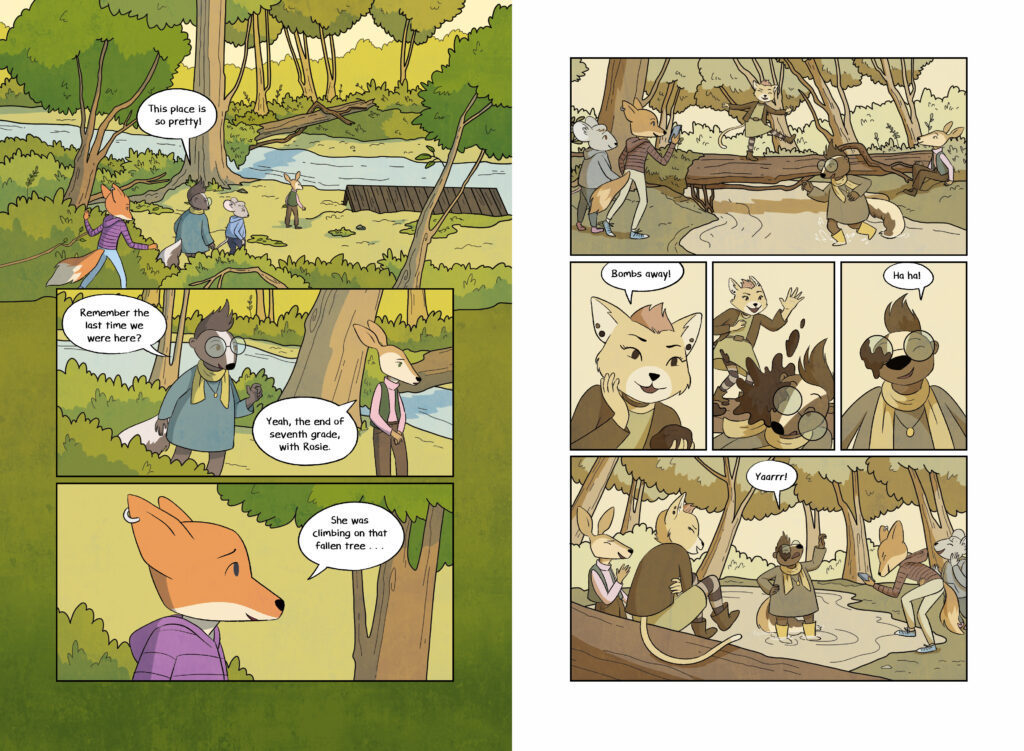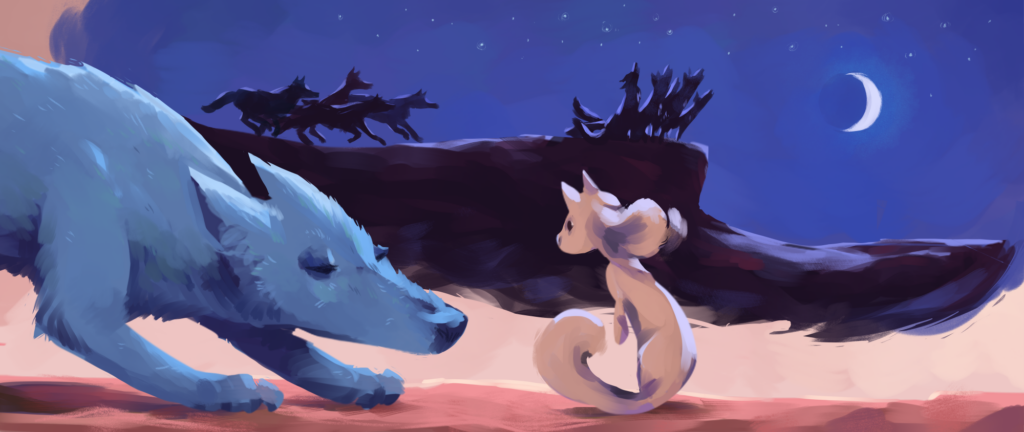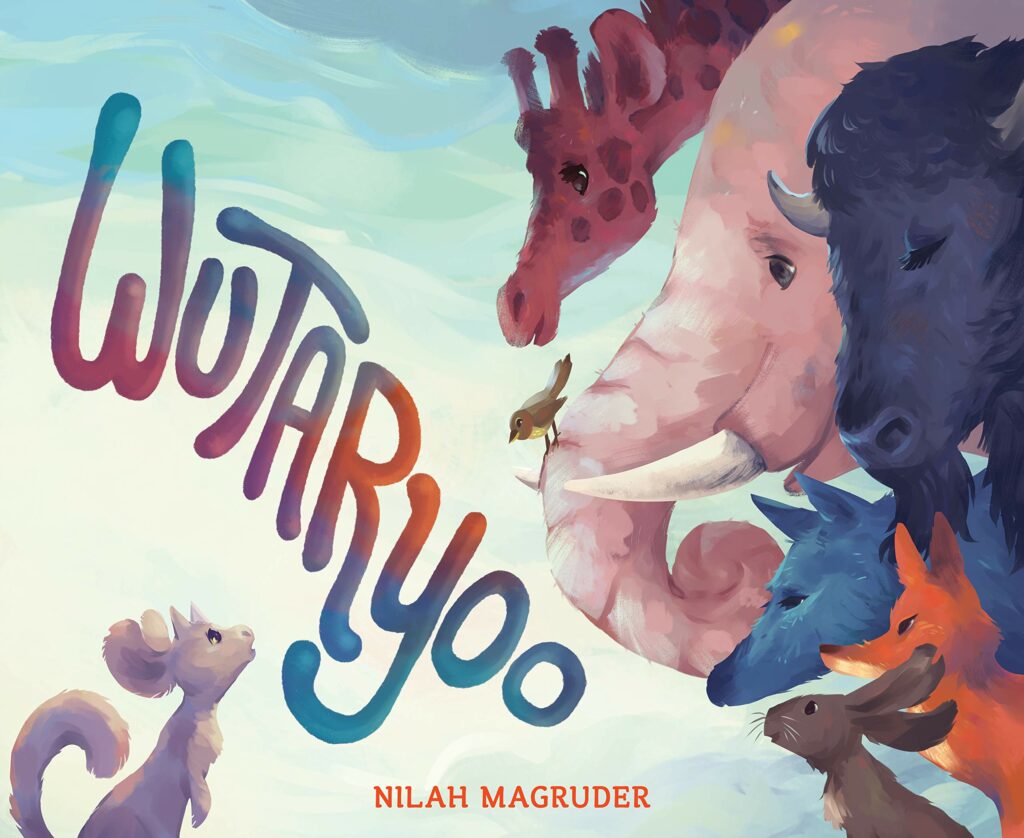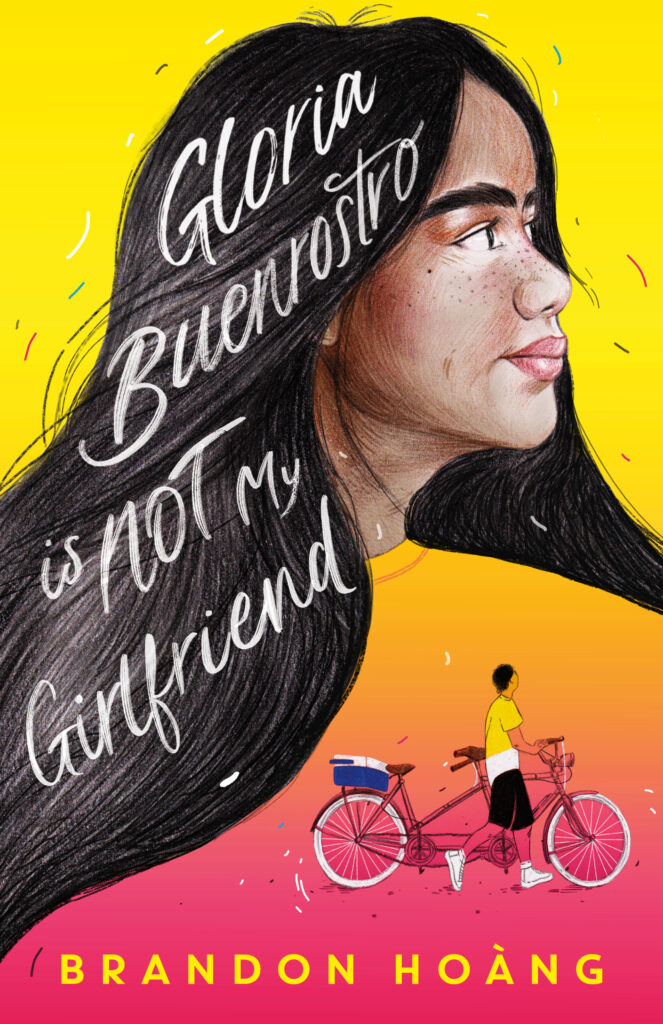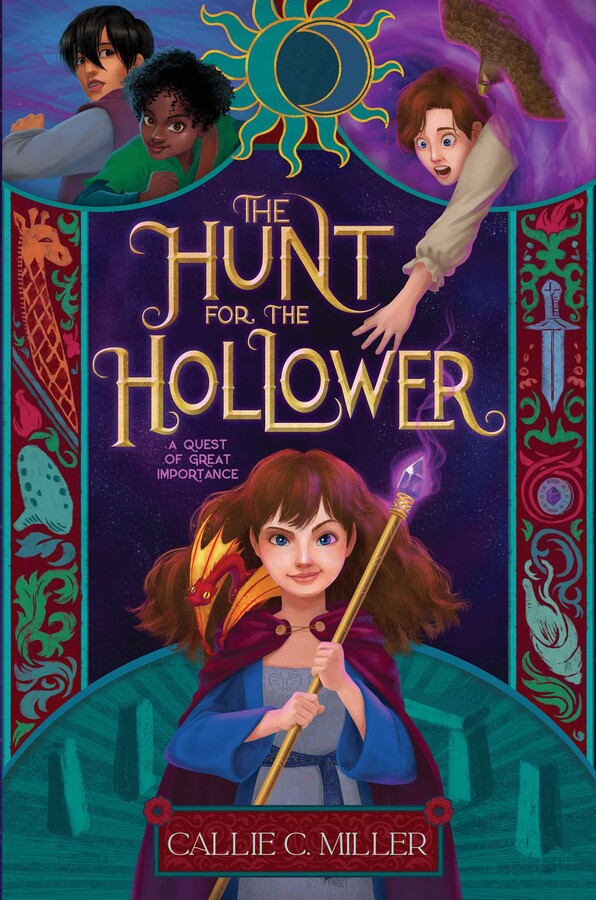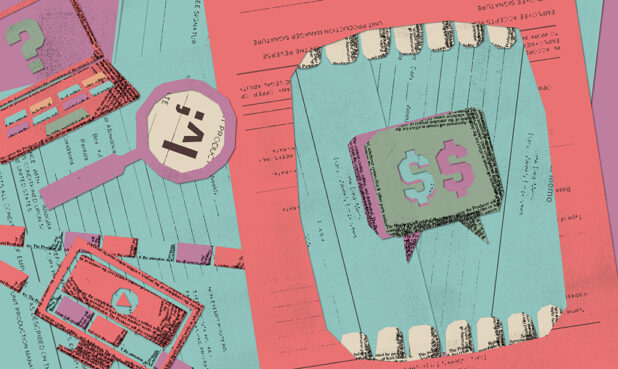Have you dreamed up a great fictional character? Or maybe you have a story percolating inside you that feels like it should be on a page instead of a screen? Well, you’re not alone. When they’re not working away at their animation jobs, many of your fellow Guild members illustrate and/or write everything from picture books and graphic novels to middle grade and young adult (YA) prose novels.
So how do you actually get a book deal? Do you reach out to an agent with a final manuscript? Can you just pitch an idea or show your portfolio? While everyone’s path to getting a traditional book deal is a little different, there are some essential steps to follow.
Agents’ Secrets
You’ve written and/or illustrated your book, and it might feel that after all the polishing and fine-tuning, the job is done. In fact, now the harder work begins: finding an agent.
An agent is almost always essential since most editors at traditional publishing houses will only accept agented material. An agent also negotiates your book deal for you and fights on your behalf for the best possible outcome, while you continue to concentrate on what is most important: creating.
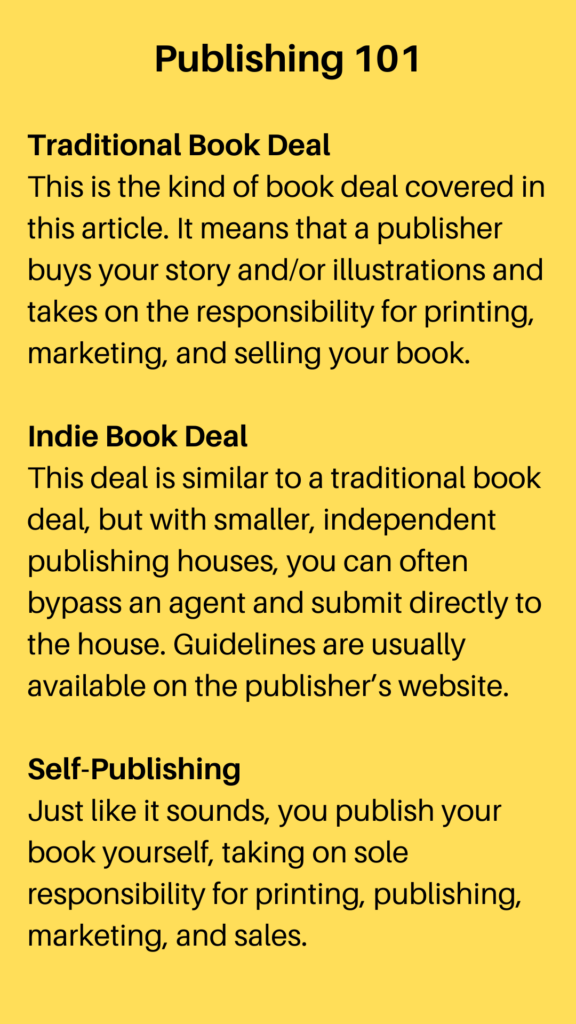
Junior Literary Agent Rachel Altemose advises that you study agency websites and agents’ Twitter pages to see if they are taking on new clients and evaluate what kind of work they are interested in. Look for agents and publishers who specialize in your genre and study the books they represent to see if your work might be a good fit.
Brandon Hoang, whose YA novel Gloria Buenrostro Is not My Girlfriend will come out this summer, recommends checking out Manuscript Wish List, a website that contains a database of agents and what they are looking to buy. “It’s almost like a dating profile,” he says.
While it can feel like a daunting task, doing the research is key to finding the right agent. “I had a massive spreadsheet where I tracked agents’ contact information, follow-up guidelines, [and] what they wanted in a submission,” says Callie C. Miller, author of the upcoming middle-grade novel The Hunt for the Hollower.
The Query and Beyond
Once you have your list of potential agents, the next step is crafting that all-important document, the query letter. In this one-page cover letter you pitch your project and introduce yourself to an agent, convincing them that your work is both interesting and marketable.
Altemose—who prefers to receive submissions through her page on the QueryTracker website—suggests customizing each query so your manuscript sounds like an excellent fit for an individual agent’s list. She appreciates it when an author has a sense of what she’s looking for and mentions one of her favorite books. “Those are the first manuscripts I pull out of my reading pile,” she says. Show you’ve done your homework by mentioning titles of books that are comparable to your original work, as these are crucial for selling a project to an editor.
Along with your query, you’ll need to submit materials which will vary based on your genre and an agent’s submission guidelines. Literary Agent Daniel Lazar advises that for picture books, writers and illustrators should storyboard the entire book. This document is called a picture book dummy, which is “essentially your picture book idea fully sketched out,” says Nilah Magruder, an artist and author who has published numerous books in all genres, both original and IP.
Ashlyn Anstee, the author and illustrator of board books, picture books, and young reader graphic novels, explains that she roughs out a dummy just like she would rough storyboards. The dummy mimics a standard 32-page picture book, which equals 16 PDF pages. She does them in black and white and keeps the drawings loose. She lays the text out roughly, as well. Then, she usually includes two finished “spreads” (two pages, side by side) along with her dummy, where the rough art is replaced with final art to show what it would look like in a completed book.
Longer illustrated books, like graphic novels, are often sold on proposal, Lazar says, “so you don’t need to create the whole manuscript on spec.” He also advises, “Avoid breaking your book down like a TV pitch deck—instead, develop sample material that might capture a reader quickly browsing in a bookstore. … What do you want them to see? That’s probably what I want to see.”
With a prose manuscript, most agents request a summary and first few pages. It they’re interested they might then ask for the first couple chapters or first 50 pages. “If the agent is still interested,” says Hoang, “they will request a ‘full’—that’s industry lingo for a full manuscript.” He recommends that you only query an agent for a prose novel once you have a completed manuscript. “You don’t want to be in a situation where the agent or editor asks for a full and you have to sheepishly explain you don’t have one ready,” he adds.
Trust the Process
How long will it take to get an agent? Response times vary, depending on how busy an agent is, and it’s advisable to send your queries out simultaneously since it can take months to hear back, and many agents only respond to submissions that interest them.
Meghan Boehman says it can be hard to continue to push your story or judge when it’s time to put it down and try something new, but remaining tenacious despite those roadblocks is essential to your success. She co-created the forthcoming middle grade graphic novel Dear Rosie with Rachael Briner, and she says: “No matter how wonderful your story and artwork, your pitch needs to hit the right desk at the right time; rejections aren’t necessarily indicative of the quality of your book. Be open to feedback from editors, even during rejections, and ask yourself what you’re open to changing and what must remain constant.”
After submitting queries to 25 different literary agencies, Boehman and Briner were “extremely fortunate” to hear back in less than 24 hours from an agent; it took several weeks to hear back from other agencies, and some did not respond at all. For Magruder it took about half a year of querying to get her first agent offer, and Hoang received rejections from many agents until ultimately a friend he’d encouraged to become an agent signed him as her first client in 2015 and sold his first manuscript in 2020.
Miller also queried for several years with different projects. In 2020, she eventually signed with her agent, and her debut sold in 2021. “A lot of it is out of your control, so focus on what you can control: being the best writer you can be and working on the next project,” she says.
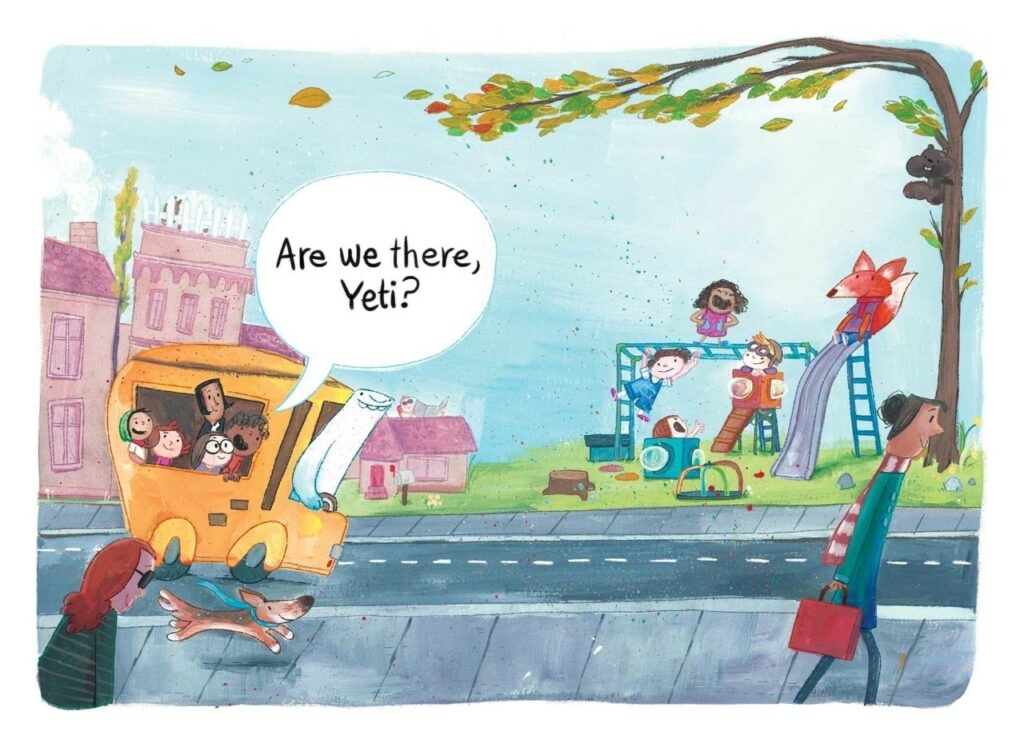
Let’s Make a Deal
Once you have the best version of your material, your agent will prepare a list of publishers they plan to submit to. “From there,” says Anstee, “you wait, sometimes weeks—and then the no’s will start rolling in.”
Going on submission with editors varies just as much as the process for querying agents. “So much of it comes down to timing and luck,” Miller says. Her book was out on submission for about a year and a half before it sold, while one of Magruder’s books took about a year of submissions before an offer was made. That said, her fastest offer came in less than a week.
Liza Singer is the author and illustrator of the middle grade fantasy graphic novel Wayward: Fractured Shadows, due out in 2025. They and their agent selected the story that felt the strongest for the present market and put together a proposal packet. After a series of back-and-forth edits, their agent submitted, and the book went to auction and sold in under two months. “It was quite an overwhelmingly positive moment, especially as a first-time publication,” they say.
Boehmer and Briner’s first pitch went on several unsuccessful rounds of submissions, so they agreed to temporarily shelve the idea. It was their third pitch that was finally accepted, 22 months after getting agent representation. Since they were first-time authors, their editor wanted to see story revisions before offering a deal. They did two revisions, which they say “paid off with an offer, a stronger story, and a solid relationship with a talented editor!”
Hoang points out that once an editor expresses interest in buying your manuscript, the battle isn’t over. “It’s the same as when a development exec buys your pitch—it doesn’t mean it’s an automatic greenlight,” he says. An editor has to get the approval of their boss and team, “so your project can die on the vine at any point for any variety of reasons.” Or it can take an unexpected turn. His graphic novel started off as a prose manuscript that an editor asked him to consider adapting.
Surviving Pre-Publication
Beyond making the strongest deal possible, an agent should help guide a creator through the full publishing process, Lazar says: “Though I defer creatively to the publisher’s editor and designer when the book is acquired, I remain part of the ongoing conversation around titles, covers, marketing, publicity, and how a single title may evolve into an ongoing series.”
It’s worth noting that most often things move slowly in the world of traditional publishing. Timelines for publication vary, and in many cases it can take a full two years after signing your book deal before the final product hits the shelves. Miller’s debut book, for example, sold during the summer of 2021 and will come out during the summer of 2023. In that time, she worked on revisions with her editor, then did a copyedit pass, and then a pass on the PDF proof pages.
During a four-year process, Singer says, “I have been going through the book from manuscript to roughs/pencils to inks to final color. If you are used to the fast-paced nature and turnaround of animation it may startle or concern you at first … The pace is much slower. Every point of contact is a bit slower. Feedback is a bit slower, etc. [but] that doesn’t mean it’s not happening! Patience is truly key in how you collaborate and work with publishers.”
One thing you can do is use the slower pace to prepare for your book’s debut. “The book is usually finished a year before publication, and then that year is devoted to marketing and printing,” says Magruder, while Hoang adds, do what you can but don’t stress out. “With kids, my day job being staffed on a series, and other projects, I am already stretched thin, so I only allow myself to do promotional things that I am excited about,” he says.
Also use the pace to enjoy the ride. For picture book writer and illustrator Brian Kesinger, all that anticipation is worth the wait. “I can tell you there is no greater feeling than when your first book comes back from the printer,” he says. “Nothing beats that new book smell.”
Photo credits: Wayward: Fractured Shadows property of Henry Holt. It’s a Small World property of Disney Press. Star Wars R2-D2 is Lost! property of Disney Lucasfilm Press. Dear Rosie property of Knopf Books for Young Readers. Are We There, Yeti? property of Simon & Schuster, Books for Young Readers. Wutaryoo property of Versify. Gloria Buenrostro Is not My Girlfriend property of Farrar, Straus and Giroux. The Hunt for the Hollower property of Aladdin/Simon & Schuster.












